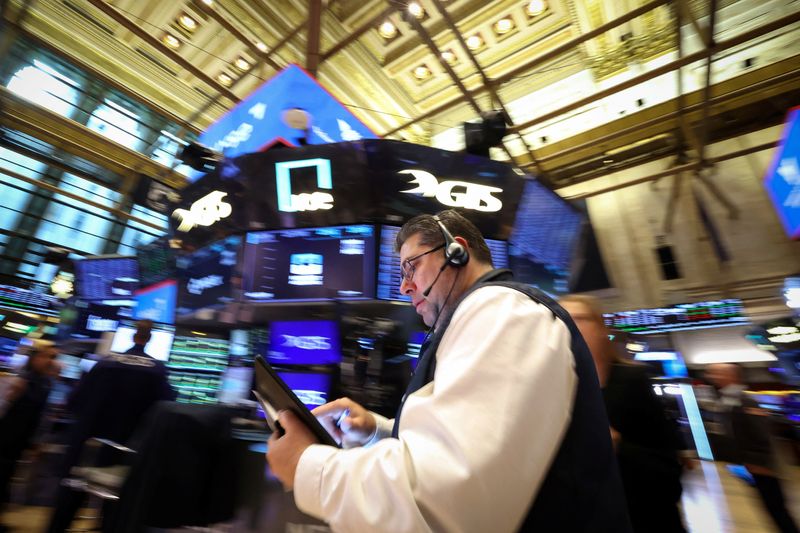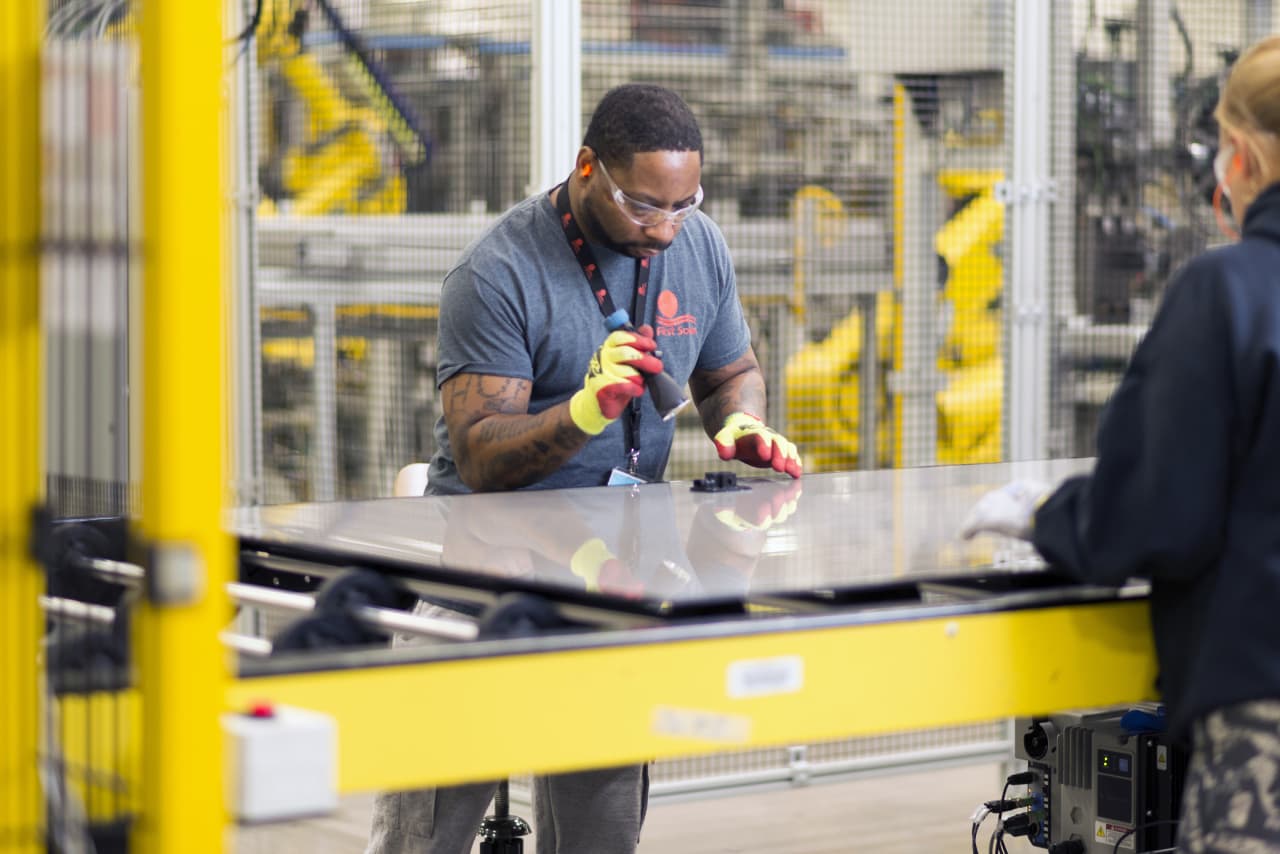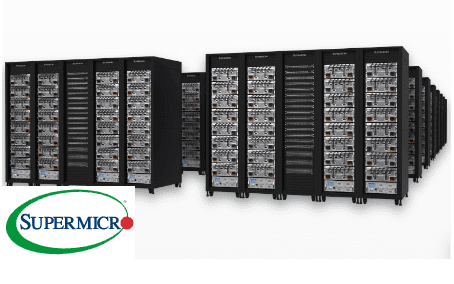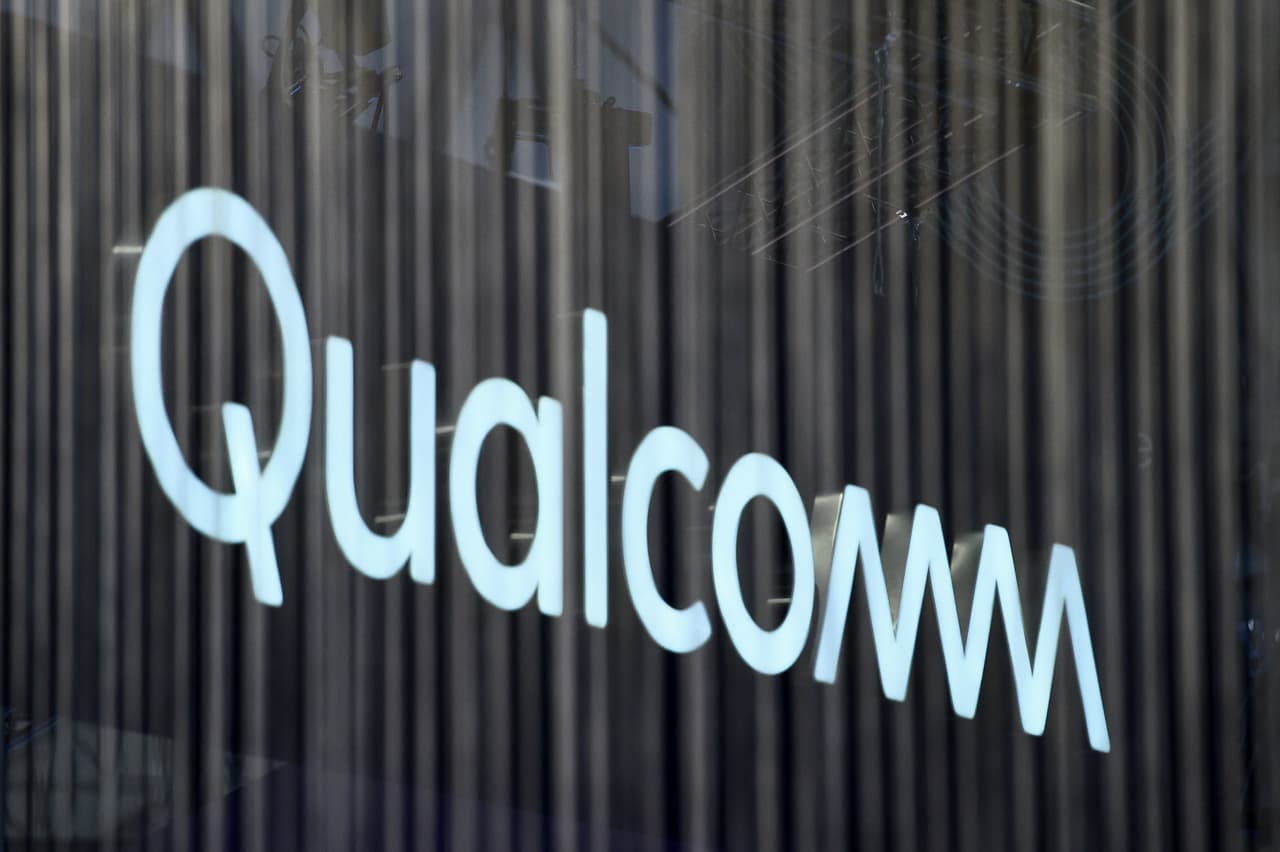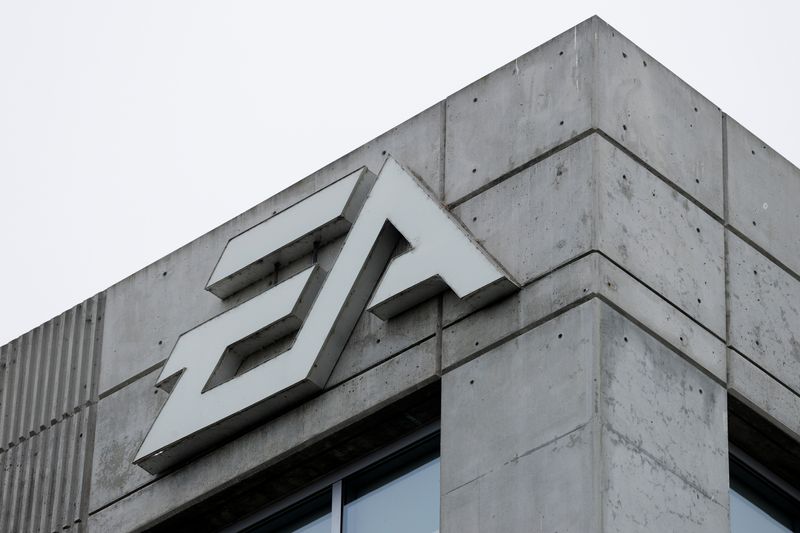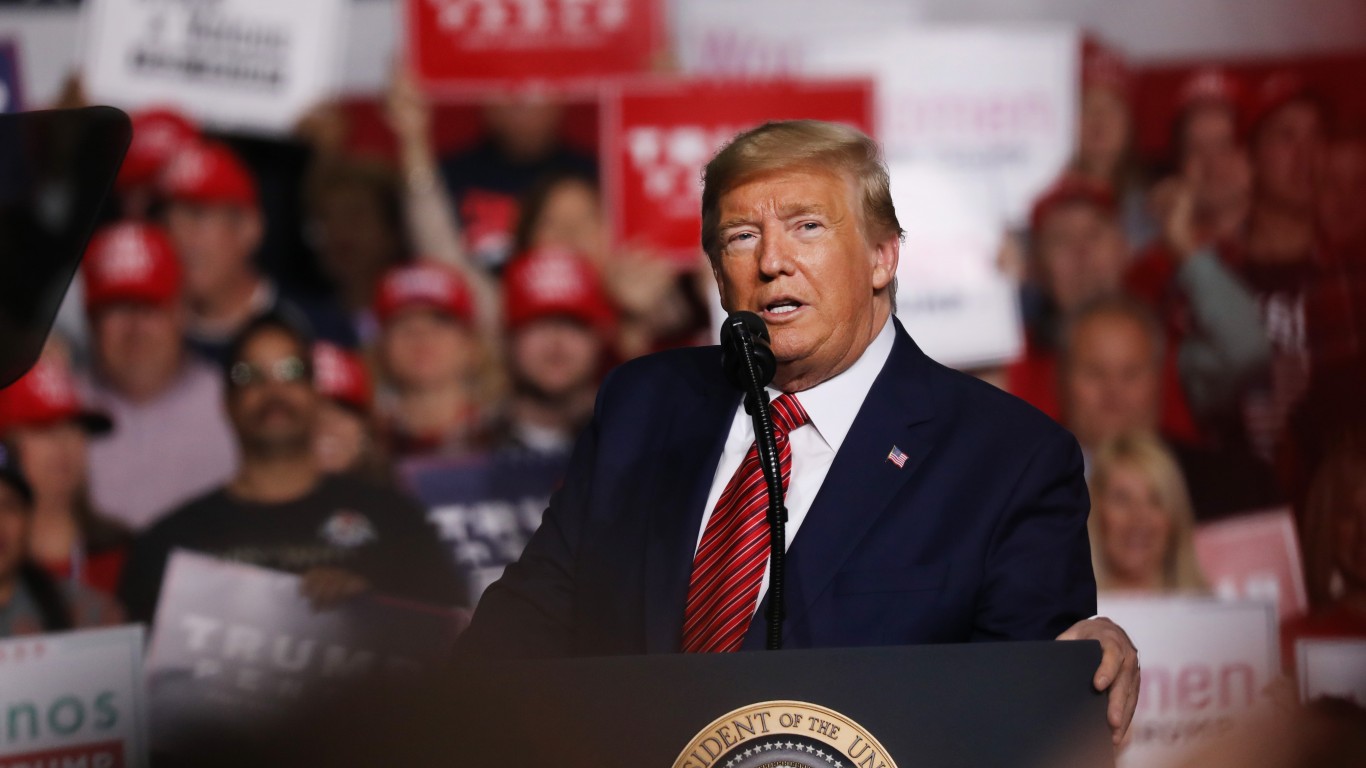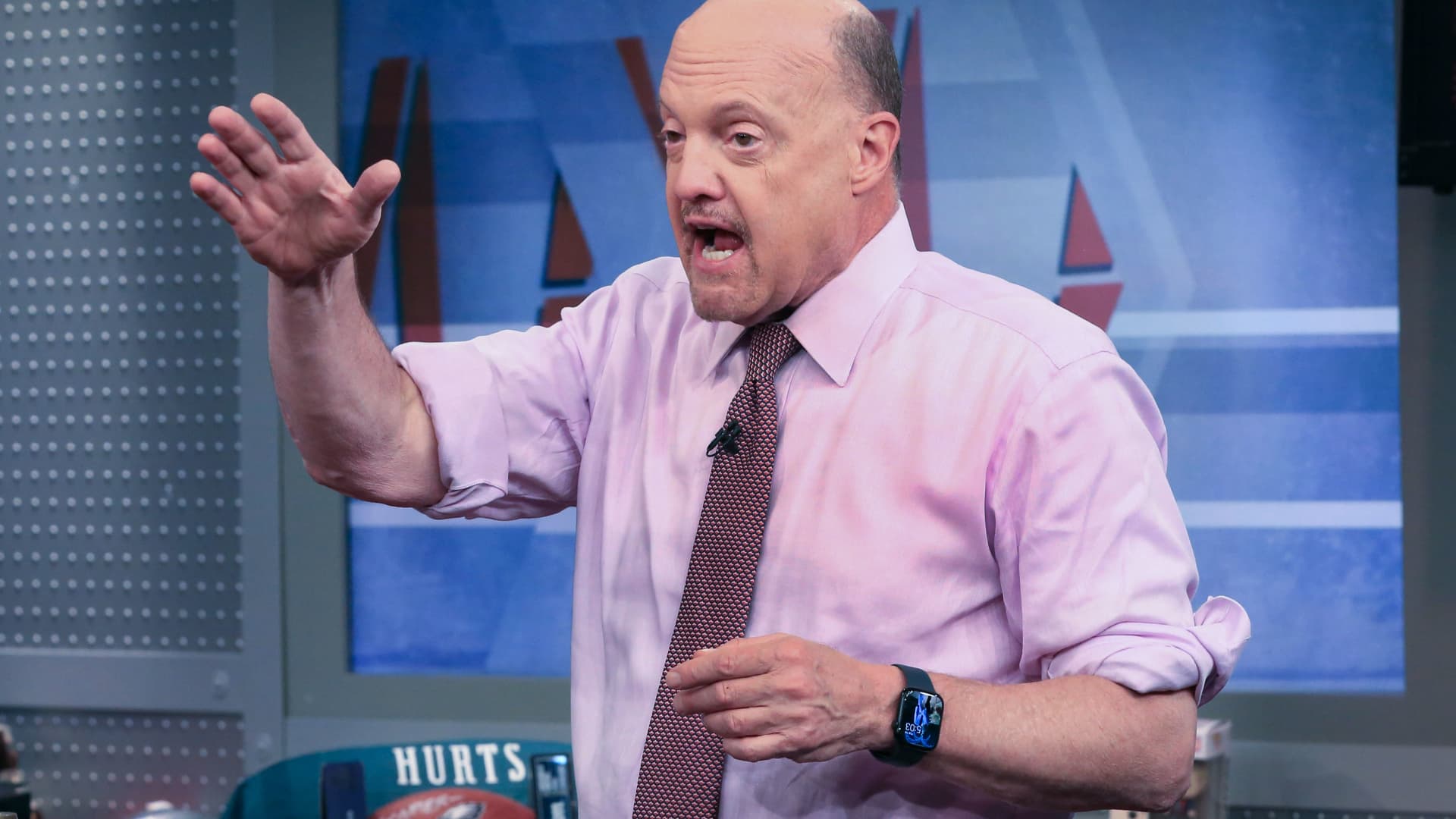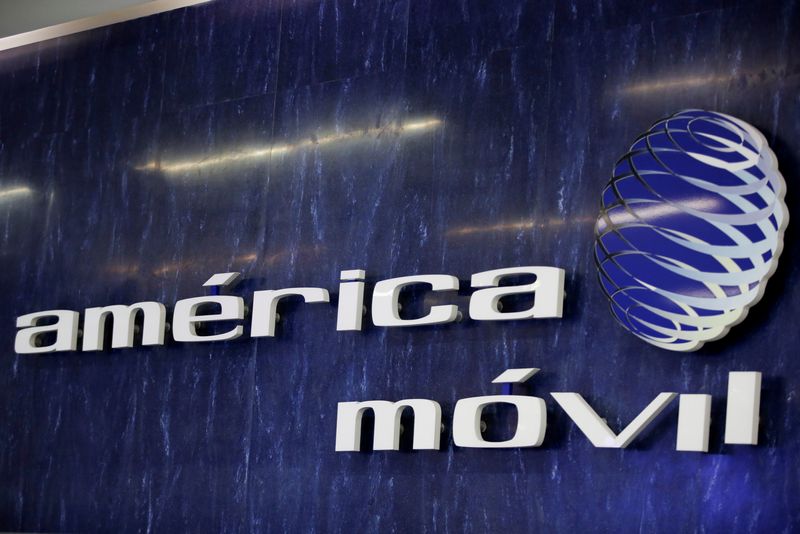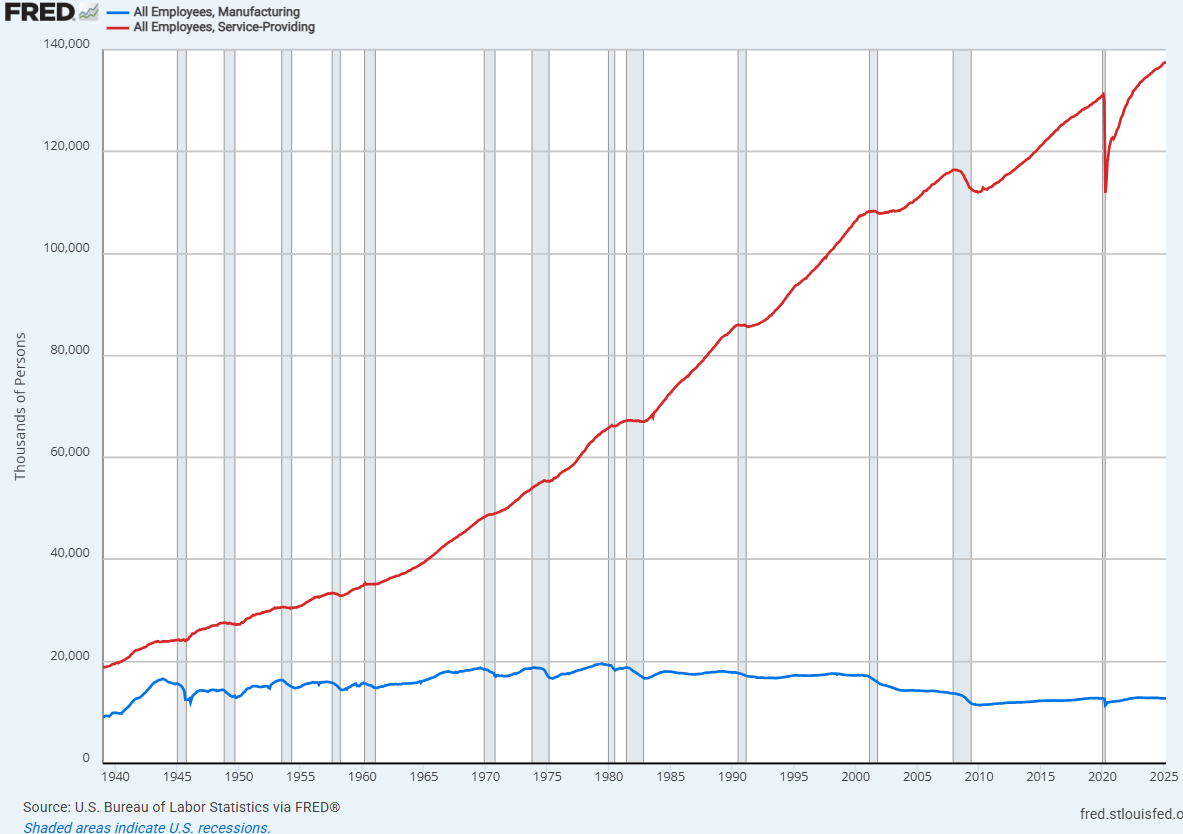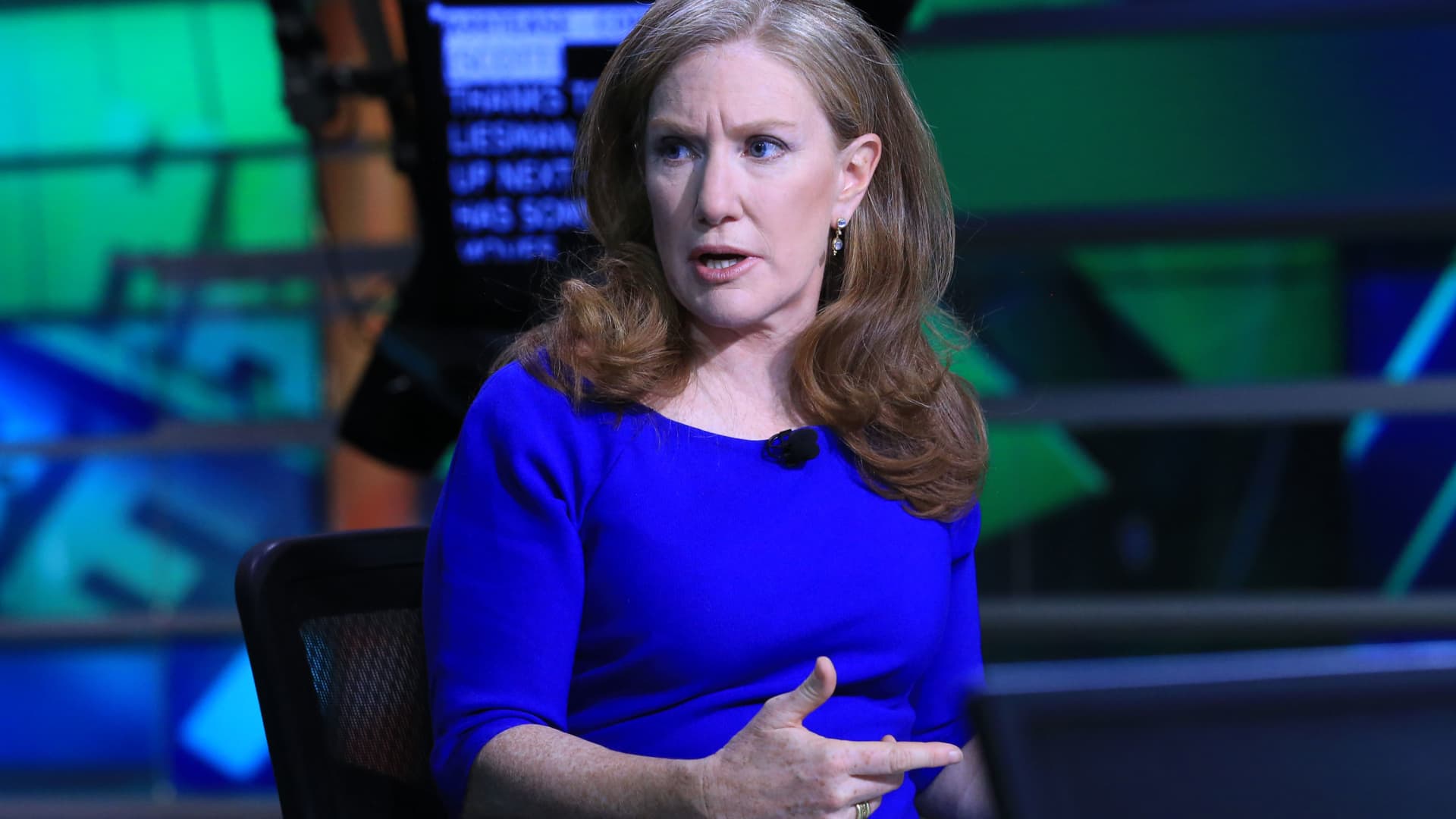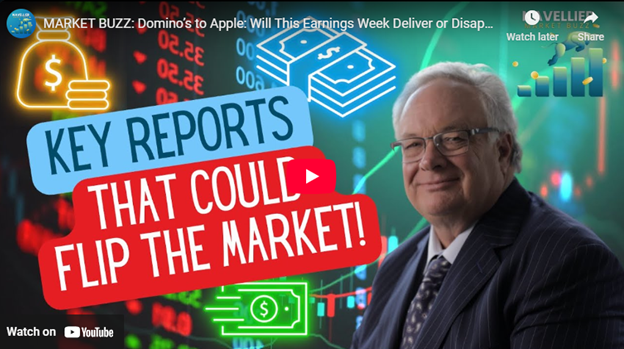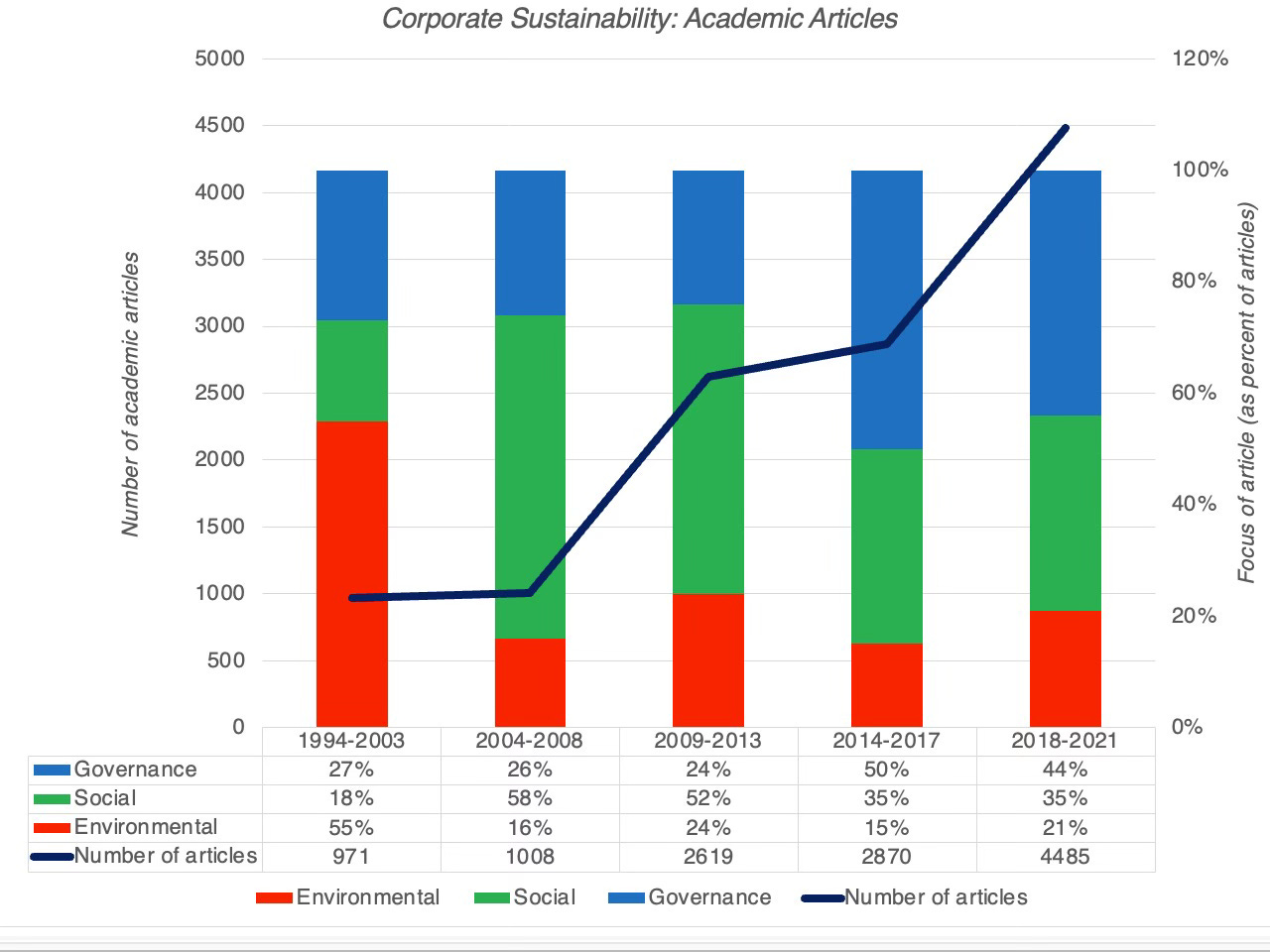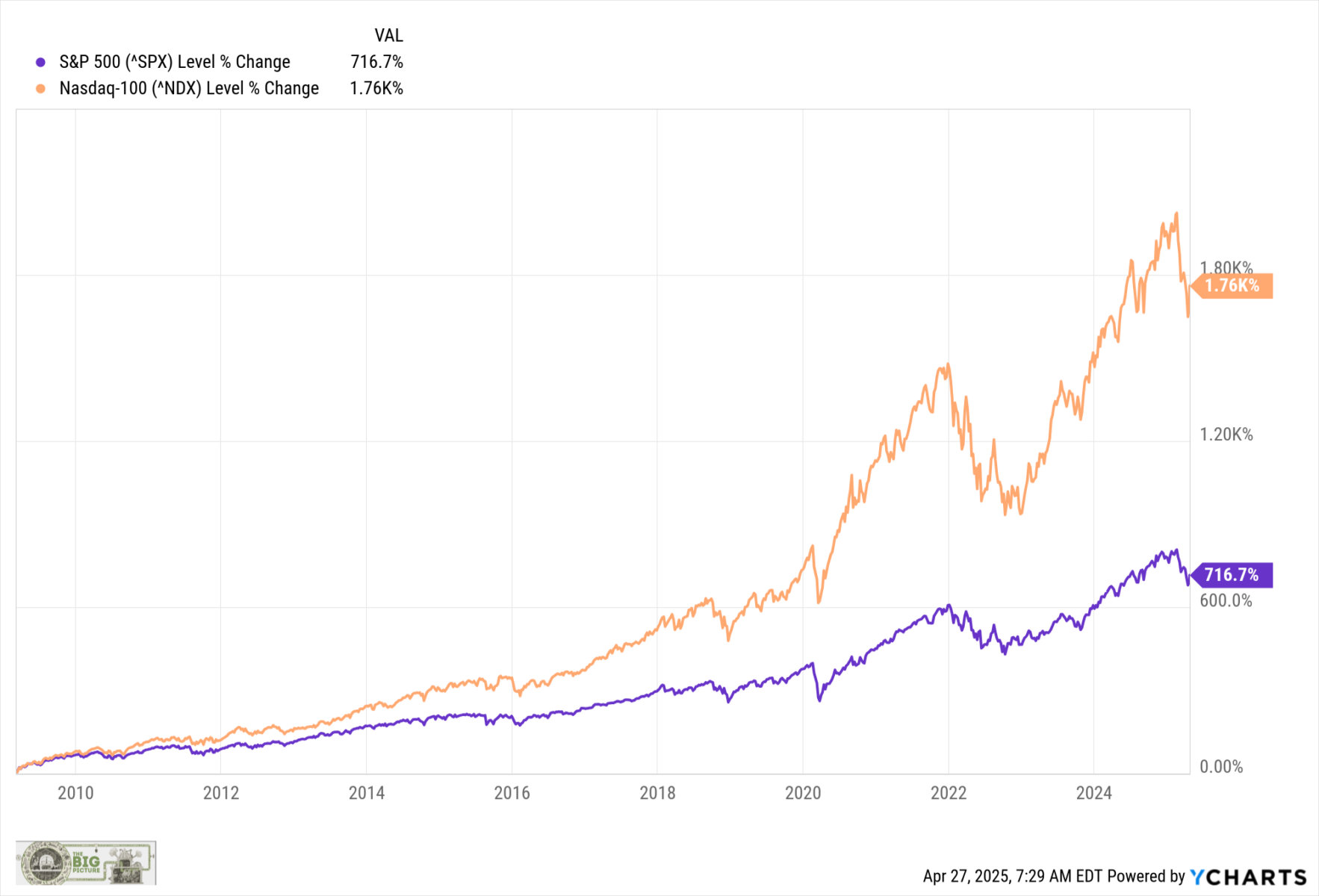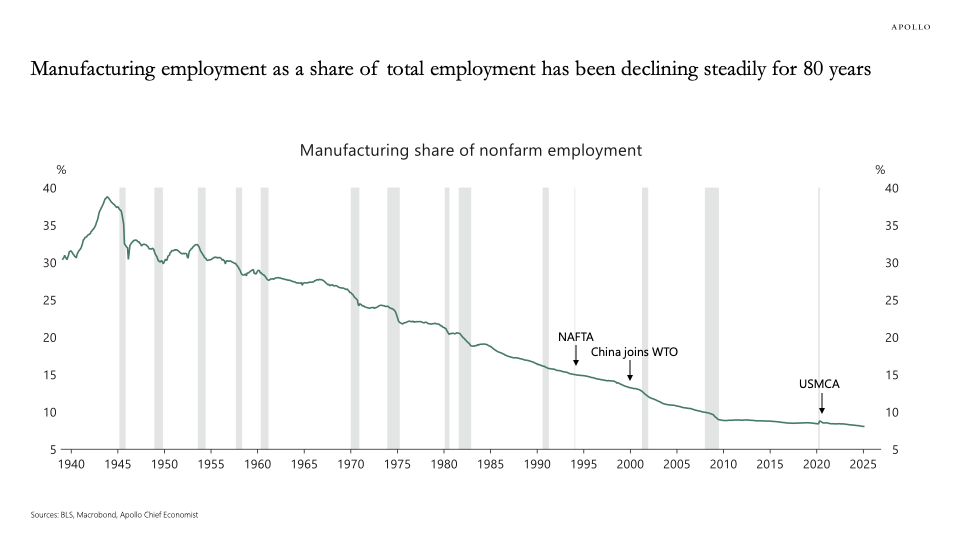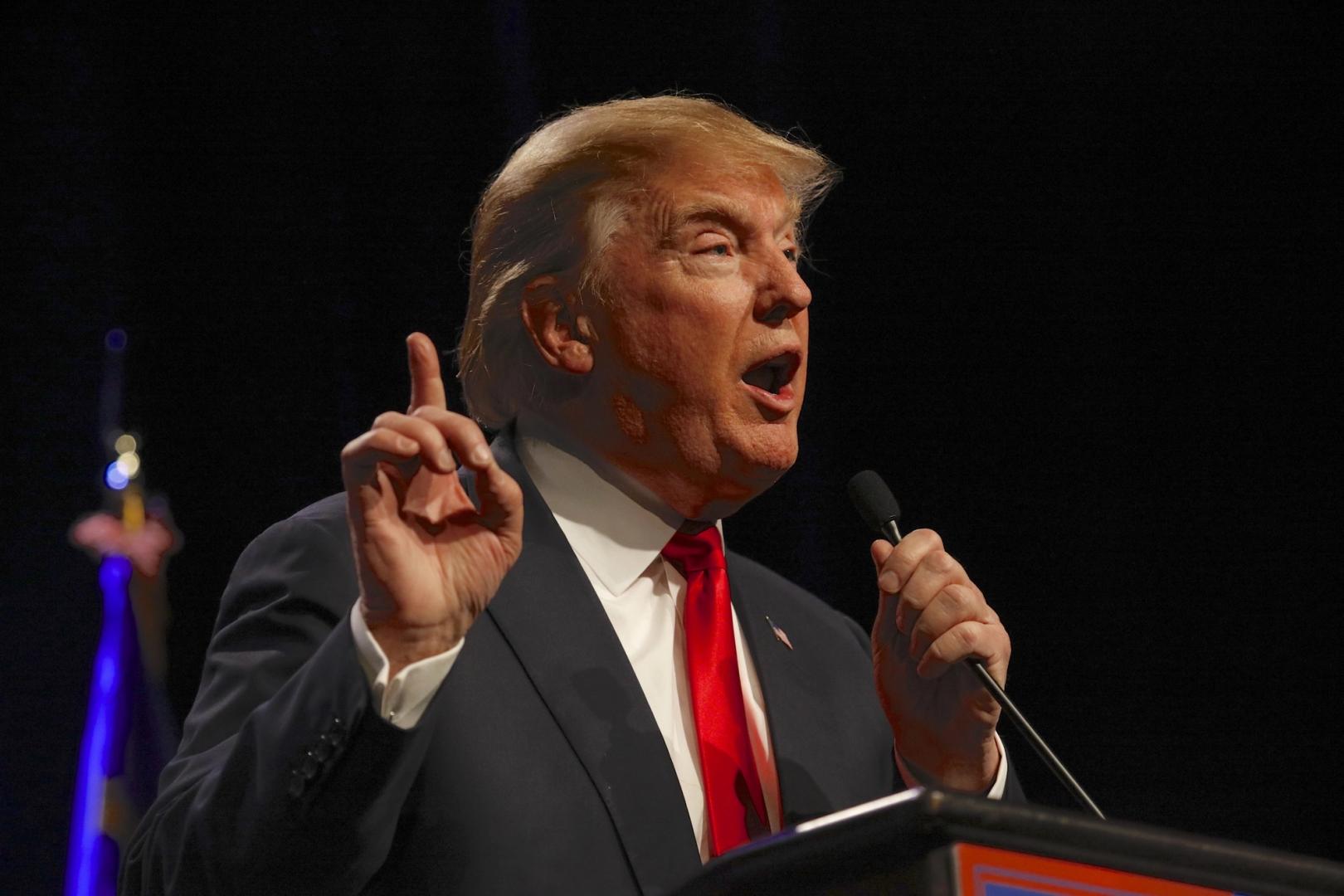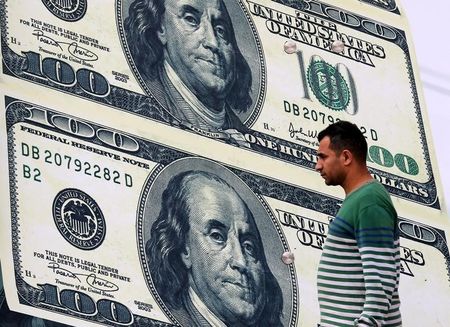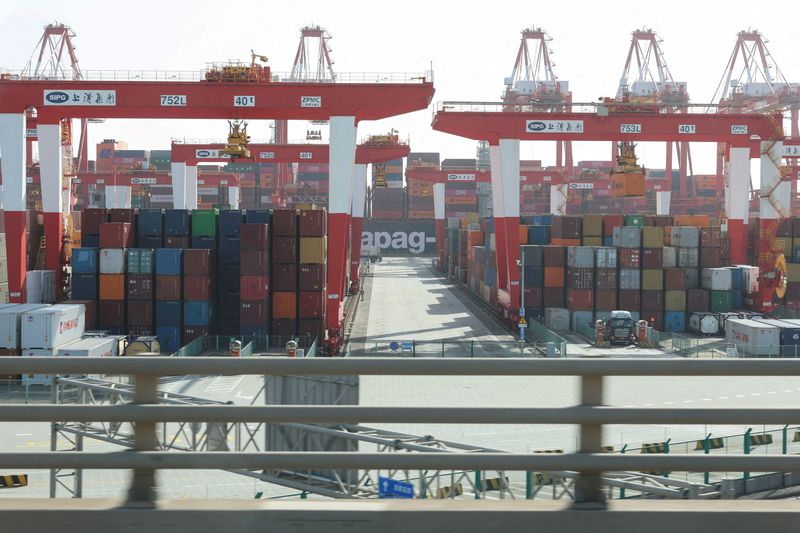This Stock Trounced Wall Street Forecasts, Should Investors Load Up?
It is an investing maxim that it is not location that matters, but direction. Forget where a company is now. Where is it going? Intel (NASDAQ:INTC) is a good example of the saying. Don’t think so much about where the chipmaker currently stands, but where it will be next year, five years, or a decade […] The post This Stock Trounced Wall Street Forecasts, Should Investors Load Up? appeared first on 24/7 Wall St..

It is an investing maxim that it is not location that matters, but direction. Forget where a company is now. Where is it going?
Intel (NASDAQ:INTC) is a good example of the saying. Don’t think so much about where the chipmaker currently stands, but where it will be next year, five years, or a decade from today.
Its first quarter earnings were the proverbial mixed bag. It trounced Wall Street expectations on the top and bottom line, but second-quarter guidance was well below forecasts, sending INTC stock nearly 7% lower.
Yet, because the company is just taking the very first steps in a new turnaround effort, the results may not mean as much to the business’s long-term growth. Let’s look closer at whether Intel trading at $20 a share means you should be backing up the truck.
24/7 Wall St. Insights:
-
Intel (INTC) surprised the market by handily beating Wall Street’s Q1 expectations, but immediately trashed them with disappointing guidance.
-
While it is more important where a stock is heading, rather than where it’s standing, the future is much too cloudy for Intel because of a weak business, competition, and an uncertain economic environment.
-
Nvidia made early investors rich, but there is a new class of ‘Next Nvidia Stocks’ that could be even better. Click here to learn more.
By the numbers
Analysts didn’t have high hopes for Intel’s first quarter, forecasting just a penny per share profit on $12.3 billion in revenue compared to the $0.18 per share earnings on $12.7 billion it generated in the year-ago quarter.
Intel, though, trounced that outlook, reporting revenue that was essentially flat at $12.67 billion, generating earnings of $0.13 per share. However, it was the chipmaker’s Q2 guidance of $11.2 billion to $12.4 billion in revenue with break-even earnings. That was well below the Wall Street consensus of $12.8 billion and $0.06 per share in profits.
Because we already knew Intel’s business was weak, and there was existing uncertainty about the macro environment and semiconductor tariff risks under President Trump’s trade policies, it should be less of a concern that it undershot analyst expectations. The real question is whether new CEO Lip-Bu Tan can make good on his promise to revitalize the ailing chipmaker.
A business in flux
CFO David Zinsner highlighted a “disciplined and prudent approach” to cost-cutting, targeting $17.5 billion in 2025 operating expenses. This, alongside Tan’s restructuring plans, including cutting up to 20% of Intel’s 108,900 workers, signals a focus on efficiency, but underscores near-term the chipmaker’s challenges.
Intel’s major segments — client computing, data center and AI, and Intel Foundry — offer a mixed outlook. Client computing revenue fell 8% to $7.6 billion in the quarter as it faces declining PC demand with global shipments underperforming expectations. However, potential 2025 rate cuts could spur PC refresh cycles, benefiting this segment.
Data center and AI sales of $4.1 billion were up 8% for the period and exceeded forecasts of $2.9 billion, driven by demand for AI workloads. Yet, Intel lags far behind Nvidia (NASDAQ:NVDA), which dominates AI chips, and faces challenges to catch up to Advanced Micro Devices (NASDAQ:AMD).
Intel Foundry, reporting $4.7 billion (up 7%), aims to rival Taiwan Semiconductor Manufacturing (NYSE:TSM), but the business mostly serves internal needs, limiting third-party growth. Tan’s vision is to make Intel a “world-class foundry” by securing two major external clients by 2027, which is ambitious, but unproven, though there is a joint venture with TSM reportedly under way to offload the fabs unit.
Laying the groundwork for growth
Tan only assumed the CEO role in March, but his recent efforts show promise. He appointed Sachin Katti as CTO to lead Intel’s AI strategy, while merging networking into the data center group. Tan’s memo mandating four-day office work by September aims to boost the chipmaker’s productivity, though it risks employee pushback.
Prior investments by Intel, such as the 2022 $30 billion investment with Brookfield Infrastructure Partners (NYSE:BIP) for Arizona fab facilities and last year’s $11 billion deal with Apollo Global Management (NYSE:APO) for its Ireland fab, should enhance the chipmaker’s manufacturing capacity.
Also, the acquisition of ASML Holding’s (NASDAQ:ASML) High-NA EUV lithography machines positions Intel’s 18A process (1.8 nanometer) to compete with TSM’s 2 nm by 2026. However, its 2027 AI chip release timeline postpones Intel’s potential competitiveness against Nvidia’s annual releases.
Can it work?
The potential for Tan’s turnaround plan are moderate but uncertain. Intel’s $887 million Q1 net loss, double the $437 million last year, along with the heavy $44.9 billion debt load signal it will experience significant financial strain.
With INTC stock trading at a forward P/E of 25, inline with the industry average, suggest t is fairly valued, but the 40% plunge in the stock over the past year reflects investor skepticism. Wall Street isn’t holding out much hope. A $22 per share consensus price target only implies 8%, though even that is skewed by a high end $34 per share set nearly a year ago.
Key takeaway
Intel stock isn’t a clear buy yet. While Tan’s focus on AI, cost-cutting, and foundry expansion could pay off long-term, near-term risks — its weak guidance, competitive pressures, and tariff uncertainty — loom large.
Risk-tolerant investors might find INTC’s current price appealing, but I wouldn’t be backing up the truck. Conservative ones should wait for clearer signs of recovery that could emerge in future quarters as Intel’s AI chip progresses or its foundry hopes materialize.
The post This Stock Trounced Wall Street Forecasts, Should Investors Load Up? appeared first on 24/7 Wall St..





